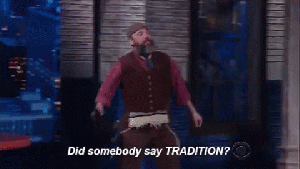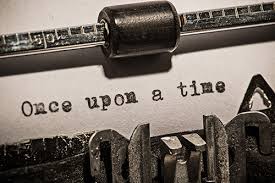Hi Students! You are so missed! I’m looking forward to seeing you all again later this spring. It’s been so good to hear from some of you via email-
a question or even just a quick “Hey, what’s up, Mrs. Tisinger?” Stay safe and practice safe social distancing!
If you would like to blog while you are home, (Heads up: upcoming weekly enrichment activities can be blogs, if you choose!) and would like to share your thoughts and feelings in a passion blog, bonus blog, self-selected response, etc. please post to your blogs. This is not an assignment- it’s just for fun, and a way for us to share while we are out of the classroom. Interested? Yay! I’d love to read your thoughts and findings, so please keep posting! If you choose to write a blog, do the following:
- Check out the links for different types of blogs and blog post codes. These are located at the top of MY blog.
 Choose a code that works for your type of blog post and then assign it a number. (Example codes: CRR, PB, BB, etc.) For example, if you write a passion blog about how much you love soccer, your title should include PB#1 for your first passion blog, and PB#2 if it’s your second passion blog.
Choose a code that works for your type of blog post and then assign it a number. (Example codes: CRR, PB, BB, etc.) For example, if you write a passion blog about how much you love soccer, your title should include PB#1 for your first passion blog, and PB#2 if it’s your second passion blog.
- Keep it school appropriate with your choice of language, content, etc.
- Publish your blog.
- Email me the name of your blog and I’ll check it out and leave a comment!
OR
- I will also create a Google Classroom announcement, and you can post the name of your blog there if you’d like other students to check it out!














 Your normal good sense and ability to follow accepted social norms is taken over and now you are excitedly jumping up and down, gesturing wildly, your eyeballs bug out, you are chattering a mile a minute, and shouting everything-you-know-about-__________ to your unsuspecting friend, who really just wanted a yes or no answer to _____________.
Your normal good sense and ability to follow accepted social norms is taken over and now you are excitedly jumping up and down, gesturing wildly, your eyeballs bug out, you are chattering a mile a minute, and shouting everything-you-know-about-__________ to your unsuspecting friend, who really just wanted a yes or no answer to _____________.






